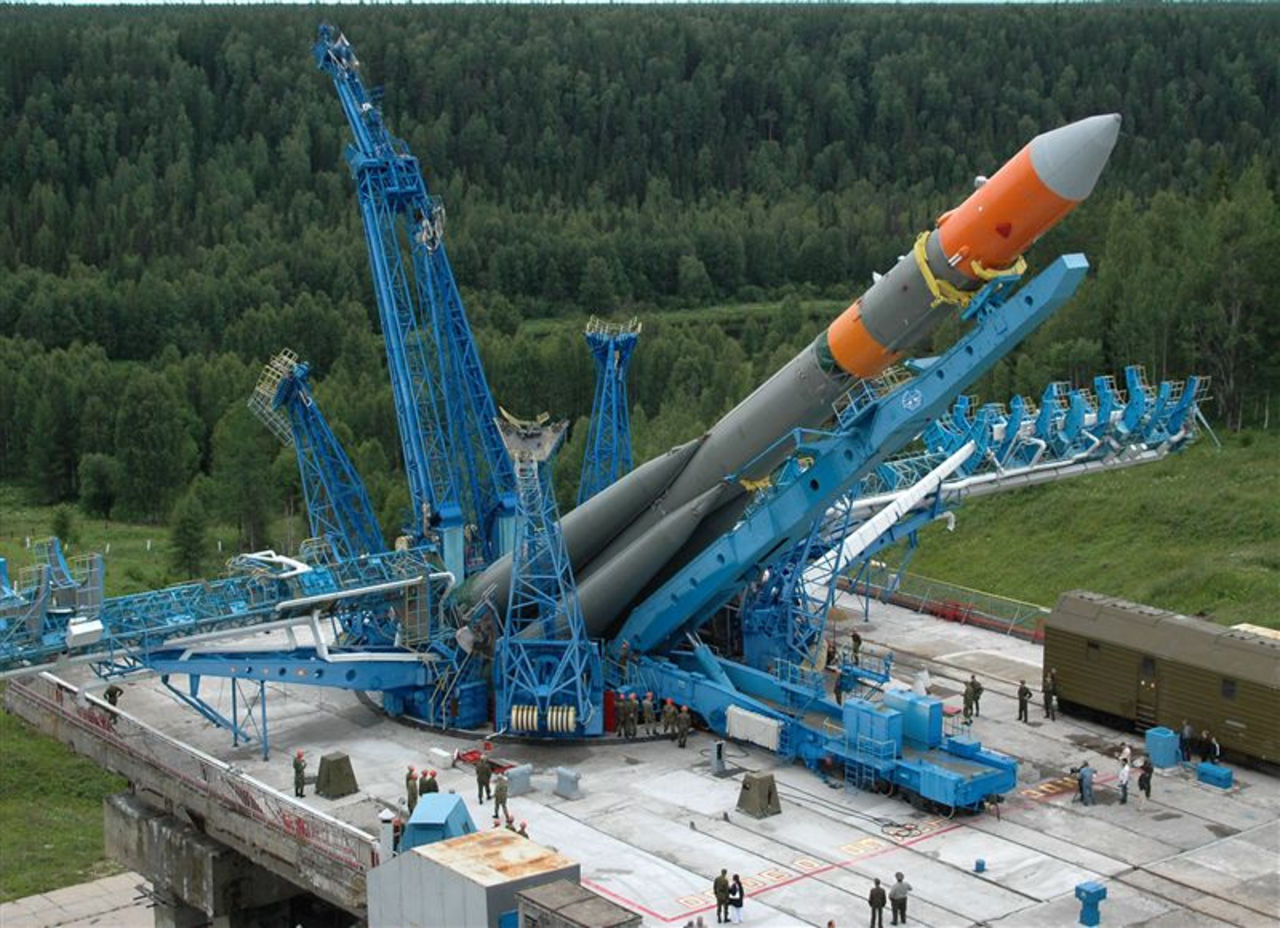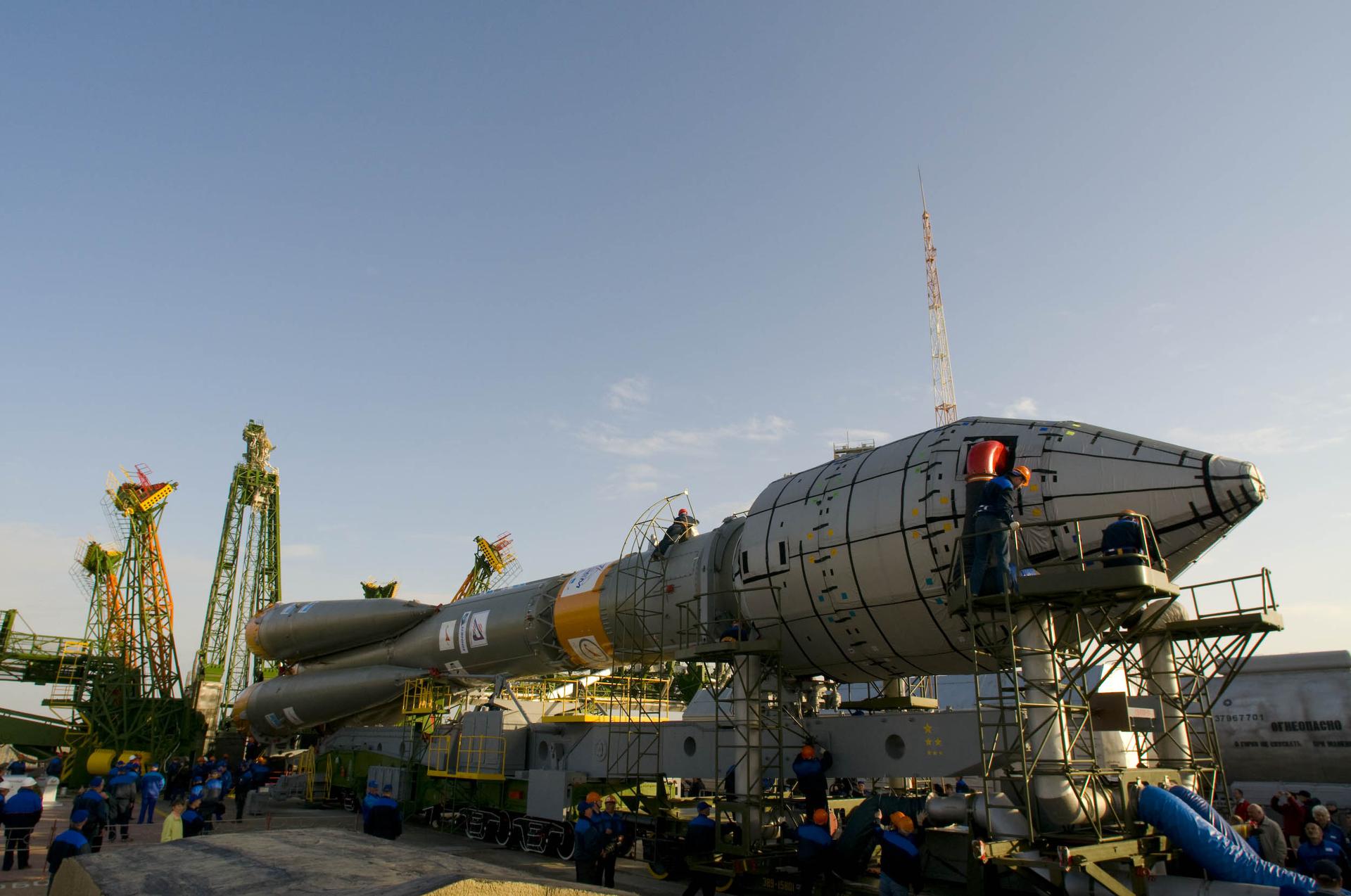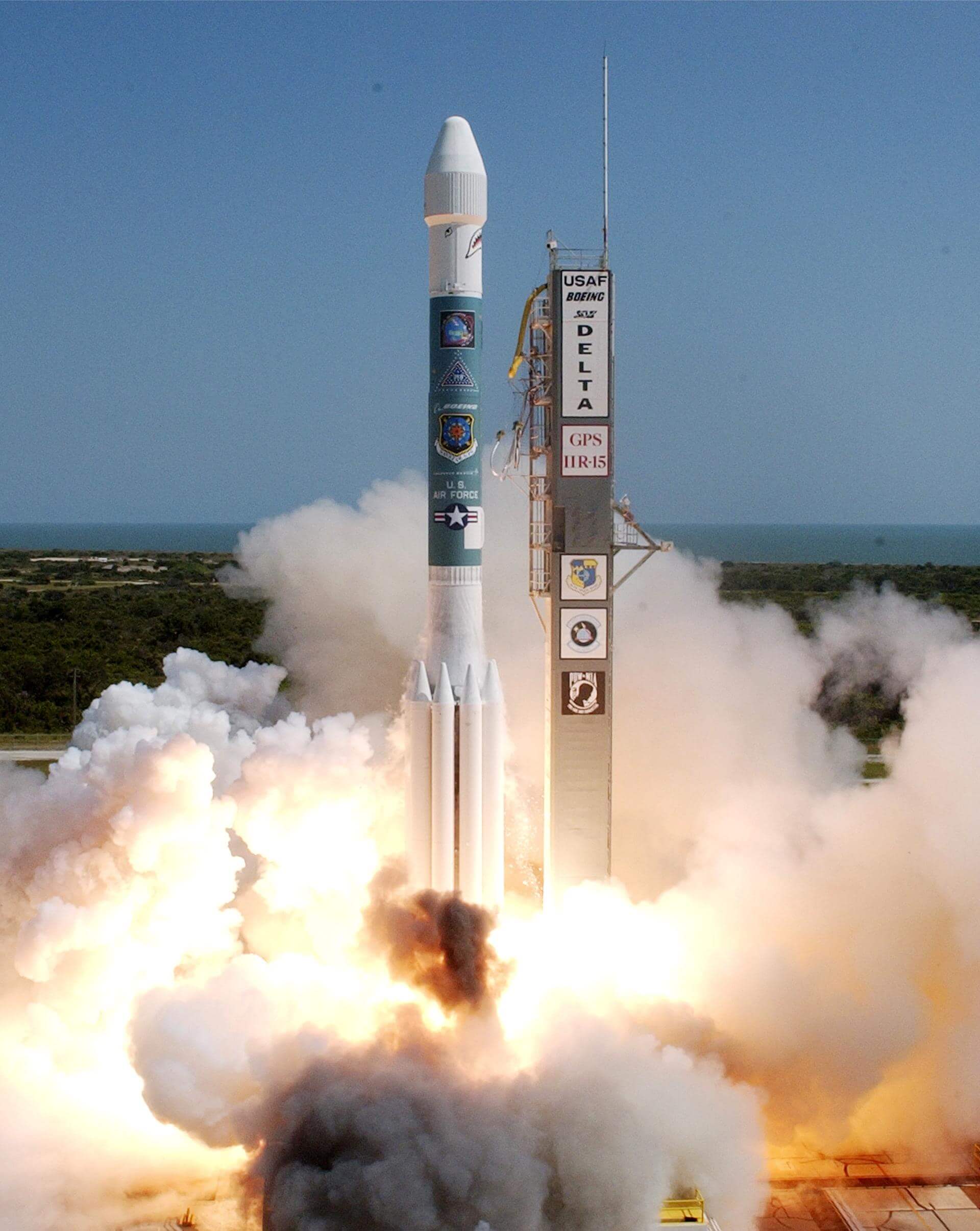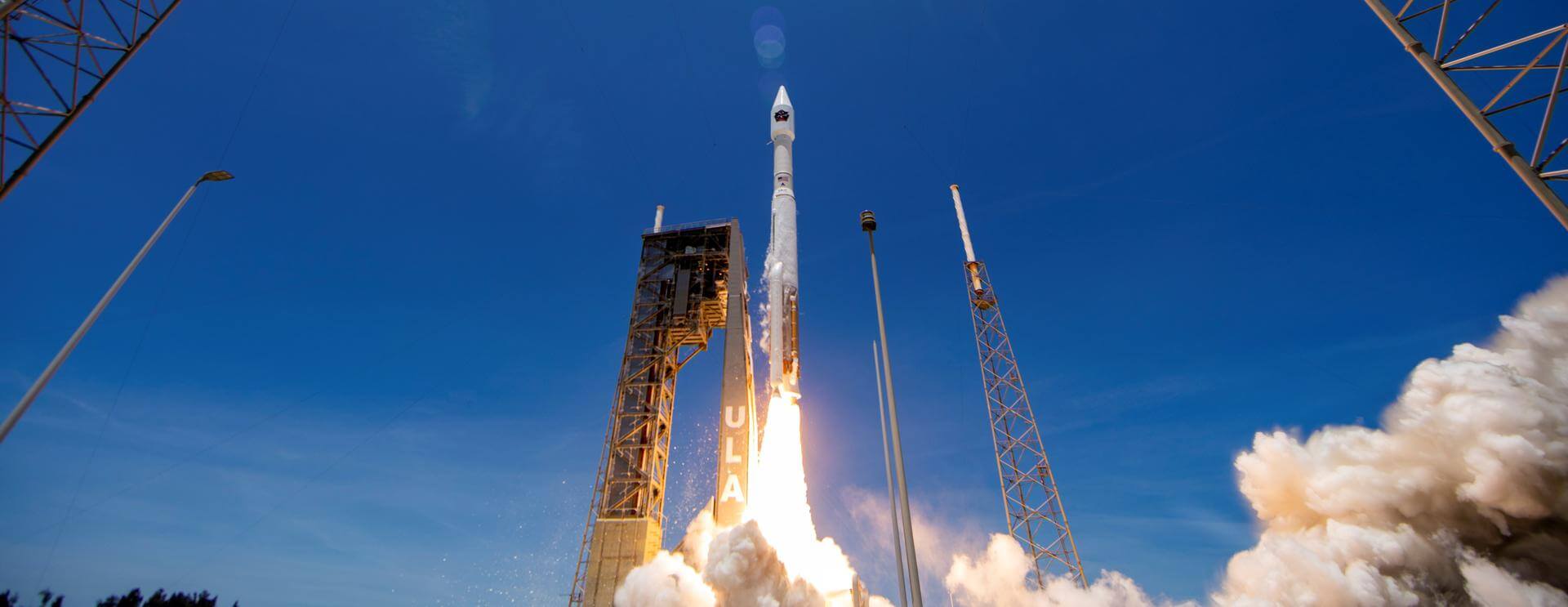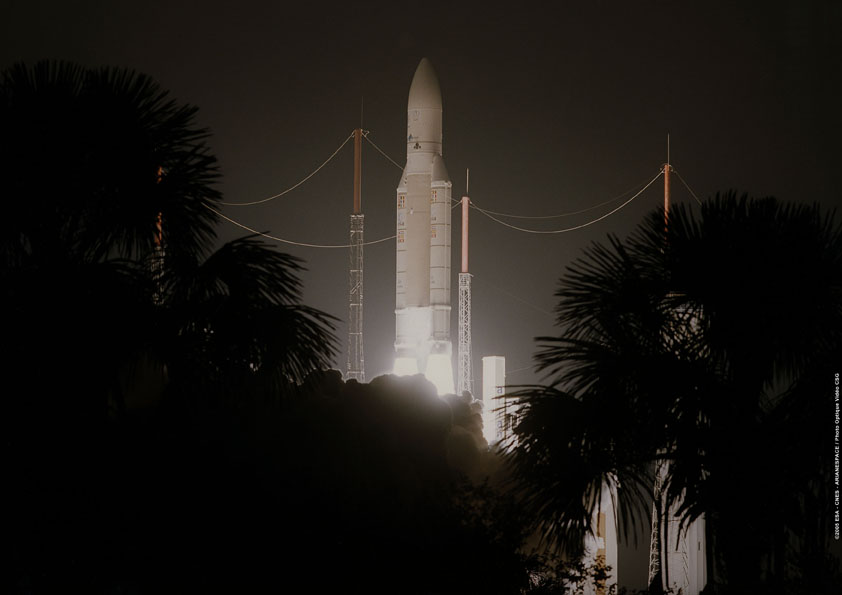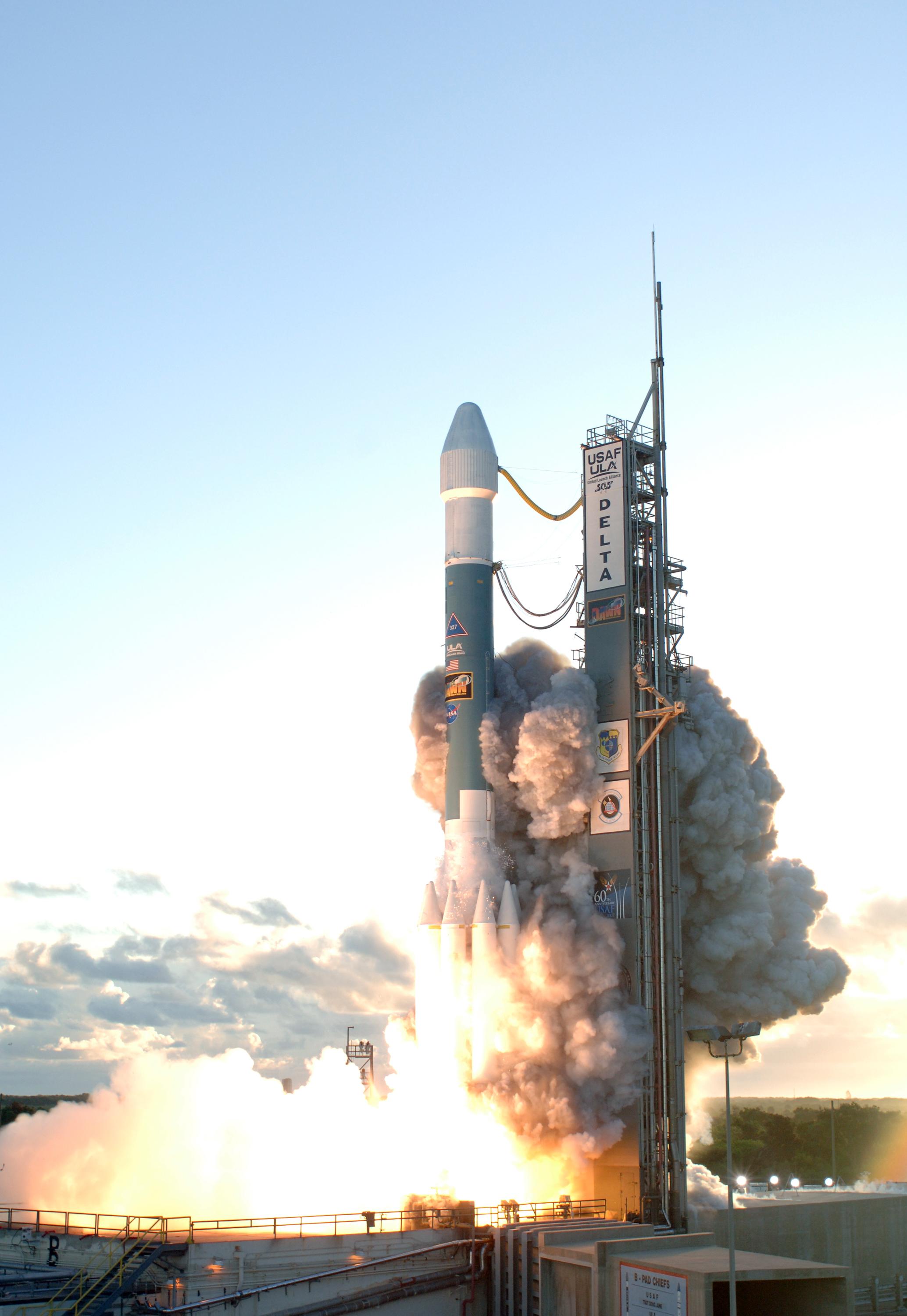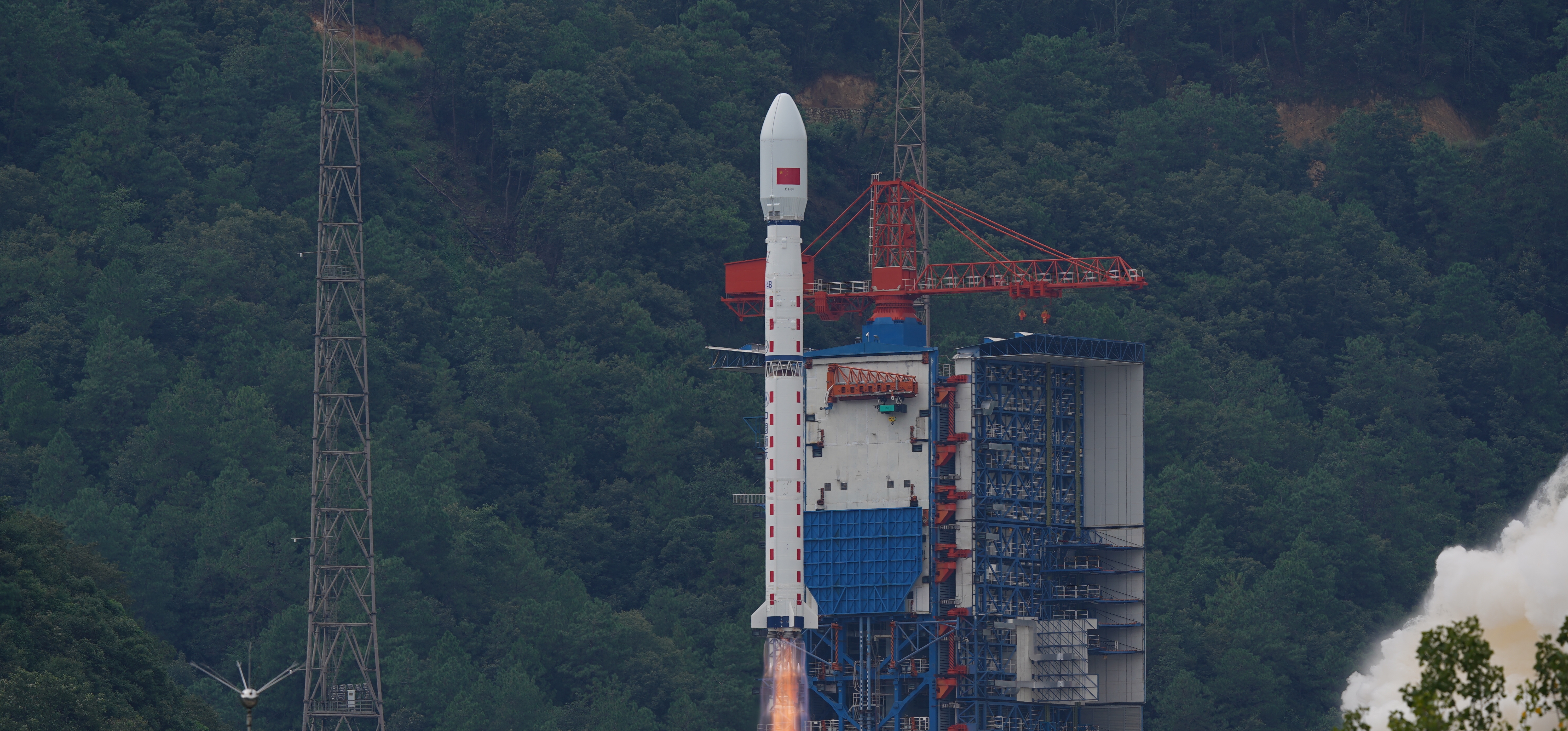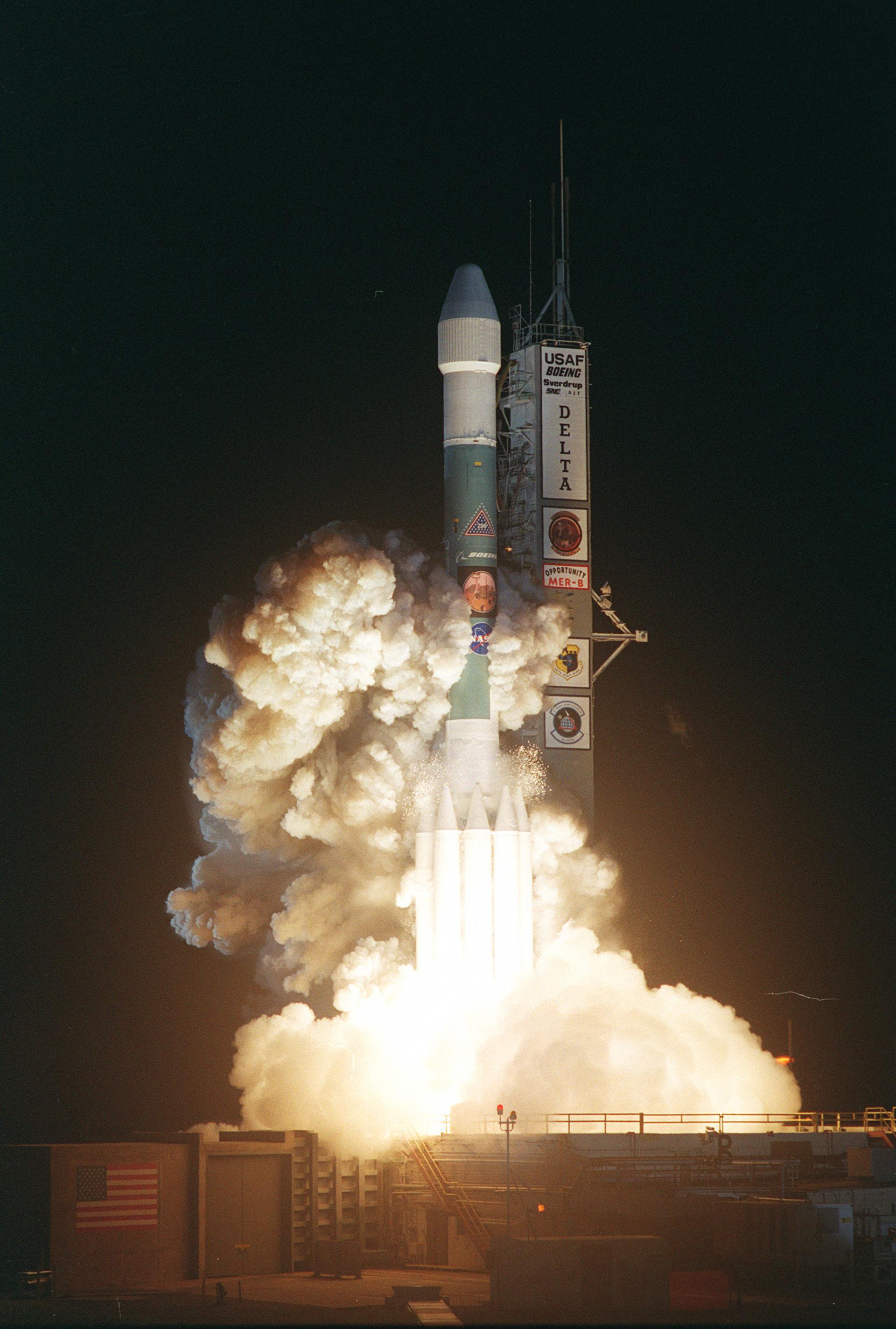Previous Spaceflight Launches
Filter by Agency, Locations or Vehicles
Show All LaunchesMolniya-M | US-K 84
Russian Space Forces | RussiaPlesetsk Cosmodrome, Russian Federation
Oct. 23, 2007, 4:39 a.m.
Soyuz-FG | Globalstar 66,67,68,70
Progress Rocket Space Center | RussiaBaikonur Cosmodrome, Republic of Kazakhstan
Oct. 20, 2007, 8:12 p.m.
Delta II 7925-9.5 | GPS IIR-M-4 (USA-196)
United Launch Alliance | United States of AmericaCape Canaveral SFS, FL, USA
Oct. 17, 2007, 12:23 p.m.
Atlas V 421 | WGS-1
United Launch Alliance | United States of AmericaCape Canaveral SFS, FL, USA
Oct. 11, 2007, 12:22 a.m.
Soyuz-FG | Soyuz TMA-11
Progress Rocket Space Center | RussiaBaikonur Cosmodrome, Republic of Kazakhstan
Oct. 10, 2007, 1:22 p.m.
Status: Launch Successful
Mission:
Soyuz TMA-11 begins Expedition 16 by carrying 3 astronauts and cosmonauts to the International Space Station. Russian Commander, cosmonaut Yuri Malenchenko alongside Flight Engineers, Peggy Whitson (NASA) & Sheikh Muszaphar Shukor (National Space Agency of Malaysia) will launch aboard the Soyuz spacecraft from the Baikonur Cosmodrome in Kazakhstan and then rendezvous with the station. It landed on April 19, 2008, 08:30 UTC
Low Earth OrbitAriane 5 GS | Intelsat 11 & Optus D2
ArianeGroup | FranceGuiana Space Centre, French Guiana
Oct. 5, 2007, 10:02 p.m.
Delta II 7925H-9.5 | Dawn
United Launch Alliance | United States of AmericaCape Canaveral SFS, FL, USA
Sept. 27, 2007, 11:34 a.m.
Long March 4B | Zi Yuan 1-2B
China Aerospace Science and Technology Corporation | ChinaTaiyuan Satellite Launch Center, People's Republic of China
Sept. 19, 2007, 3:26 a.m.
Delta II 7920-10 | WorldView-1
United Launch Alliance | United States of AmericaVandenberg SFB, CA, USA
Sept. 18, 2007, 6:35 p.m.
Soyuz-U-PVB | Foton-M No. 3
Progress Rocket Space Center | RussiaBaikonur Cosmodrome, Republic of Kazakhstan
Sept. 14, 2007, 11 a.m.
